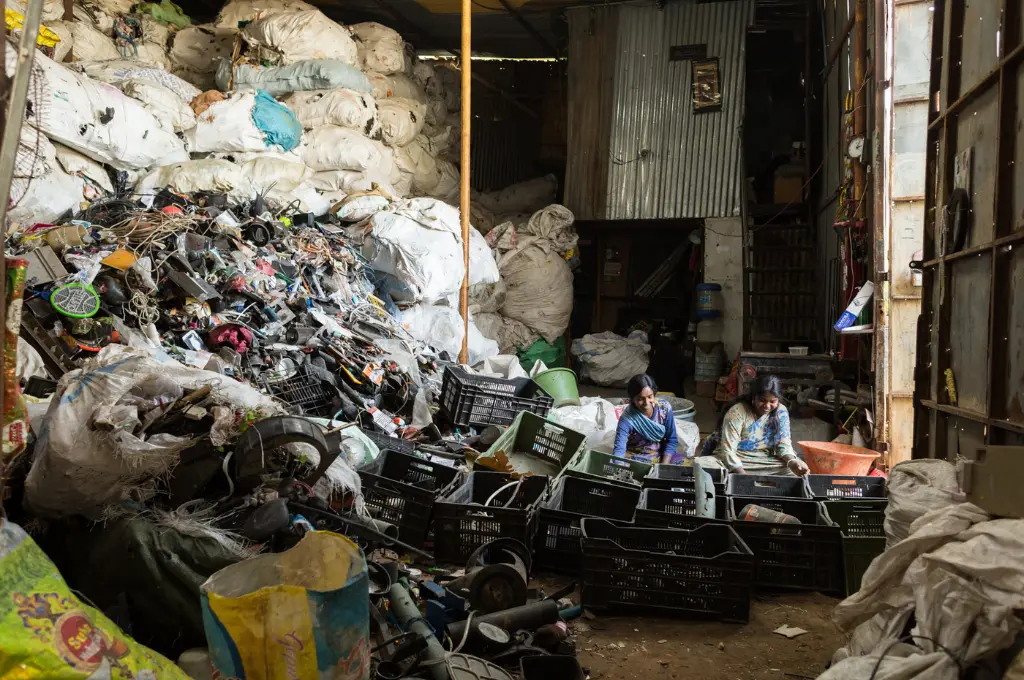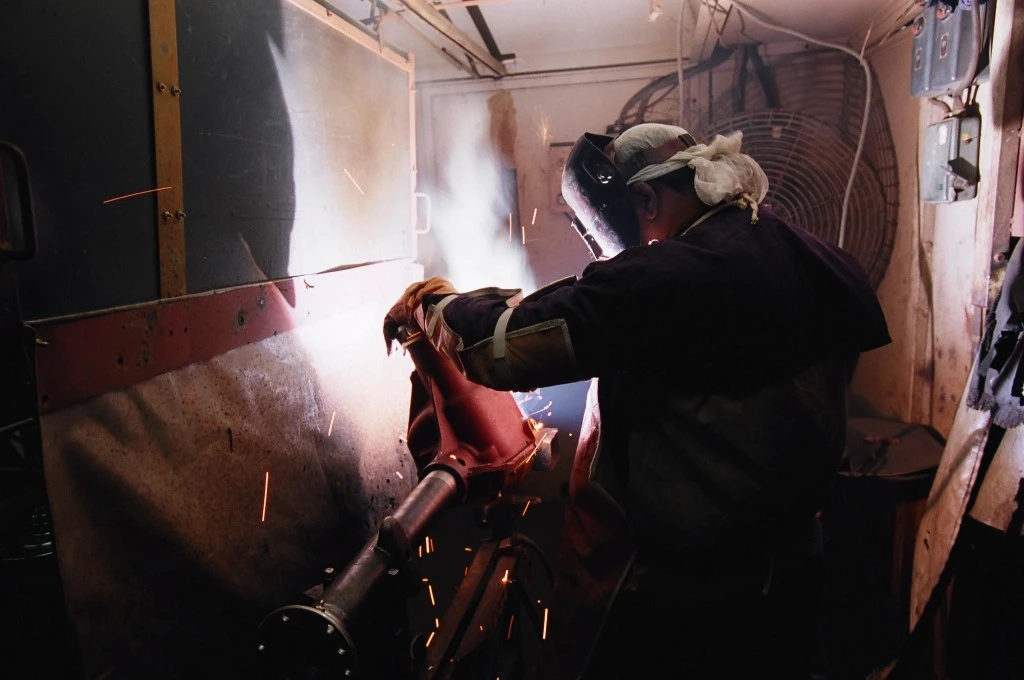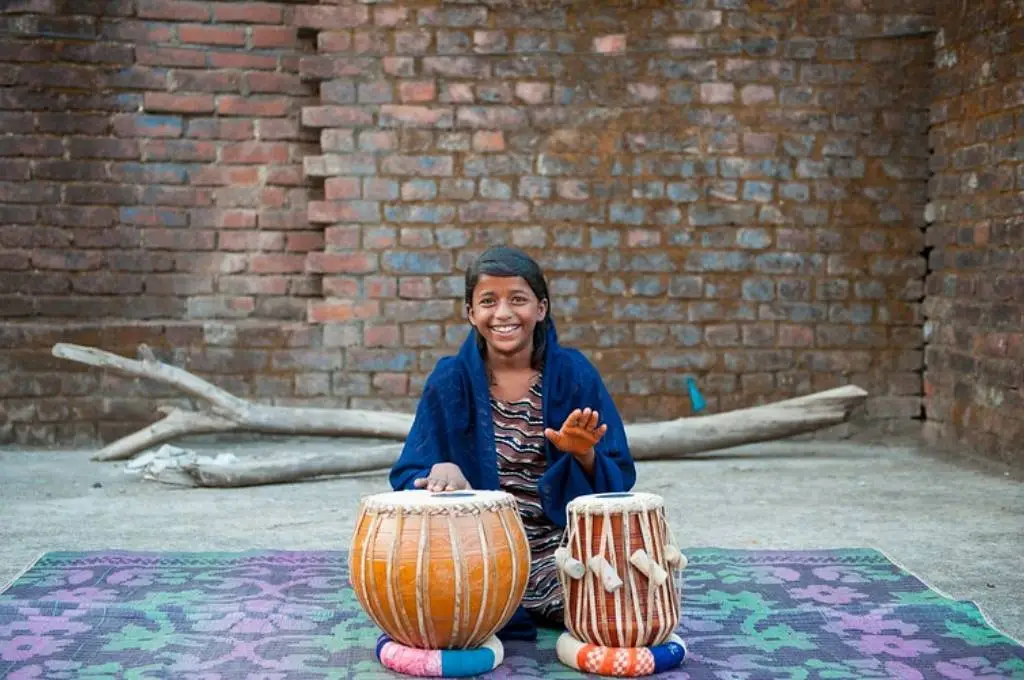The Brahmaputra, one of the largest rivers in the world, flows through the state of Assam. It is home to approximately 3,000 big and small wetlands scattered across the state, covering an area of 1,400 sq km. Naturally, these water systems are home to a variety of birds and animals. They are also a source of livelihood for the communities living in and around them. While the rainfed water bodies support water-intensive staple crops such as paddy, they also facilitate fishing by housing a diverse fish population.
Fish is a prominent part of Assam’s culture. Many communities—the Kaibartas, for example—define their identity around fishing. However, factors such as climate change-induced erratic rainfall, industrial pollution, and overfishing are now threatening the continuity of fishing as a profession. This photo essay delves into the lives of the Kaibartas across the state’s various riverine districts, and their struggle for survival in an ever-deteriorating social and climatic environment.
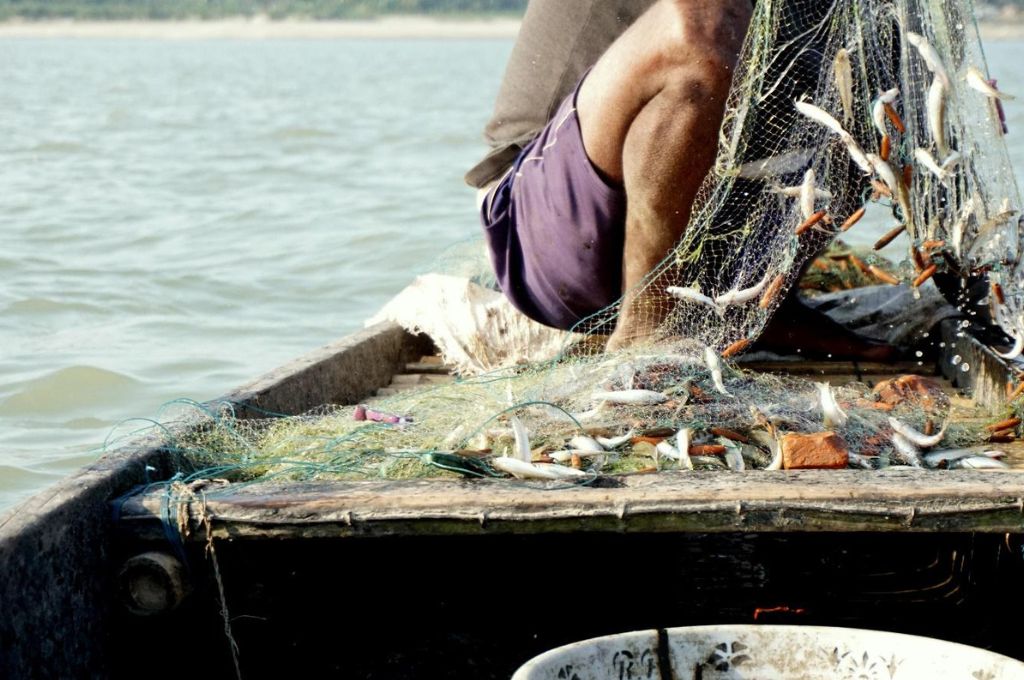
A brief history of the Kaibartas
The Kaibarta community in Assam resides in the riverine areas of the Brahmaputra. Their name loosely translates to ‘those who earn their livelihood from water’. Historically, they have lived in Assam, Bengal, Bihar, and Odisha in India, as well as in Nepal, Bangladesh, and Bhutan. The Kaibartas have traditionally worked as expert fishermen, boat rowers, and farmers. The community is also divided into subcastes on the basis of occupation: Jaliya Kaibarta (those engaged in fishing and boating) and Haliya Kaibarta (those engaged in agriculture). In Assam, the community has a substantial population concentration in wetland areas and its members are spread across the Kaibarta tolas (colonies) in towns and villages such as Sualkuchi, Hajo, Bamundi, and Xilguri across Kamrup district. Academics have pointed out that their location results from their lower social status in the Indian caste hierarchy as well as a history of landlessness. Despite these circumstances, and owing to their skills, they have managed to make a living for themselves.

However, in the last few years, climate change has emerged as a threat to their resilience and poses severe challenges to their economic and cultural survival.
Farming losses due to soil erosion and frequent floods have rendered agriculture unfavourable for many in these islands. According to locals, this has also erased the occupational differences among the subcastes, forcing the Haliyas to take up fishing after the Jaliyas.
Dipen Das, the mahaldar (chief or head of the fishing community) of Halogaon village in Kamrup, says, “People here barely have enough income from fishing. How could you expect the historic subdivision of the fishing and non-fishing castes to continue to exist?” Dipen adds that nowadays, economic desperation forces the Kaibartas to fish even during the breeding season (April to mid-July), when fishing in public water bodies is banned by the Assam government.
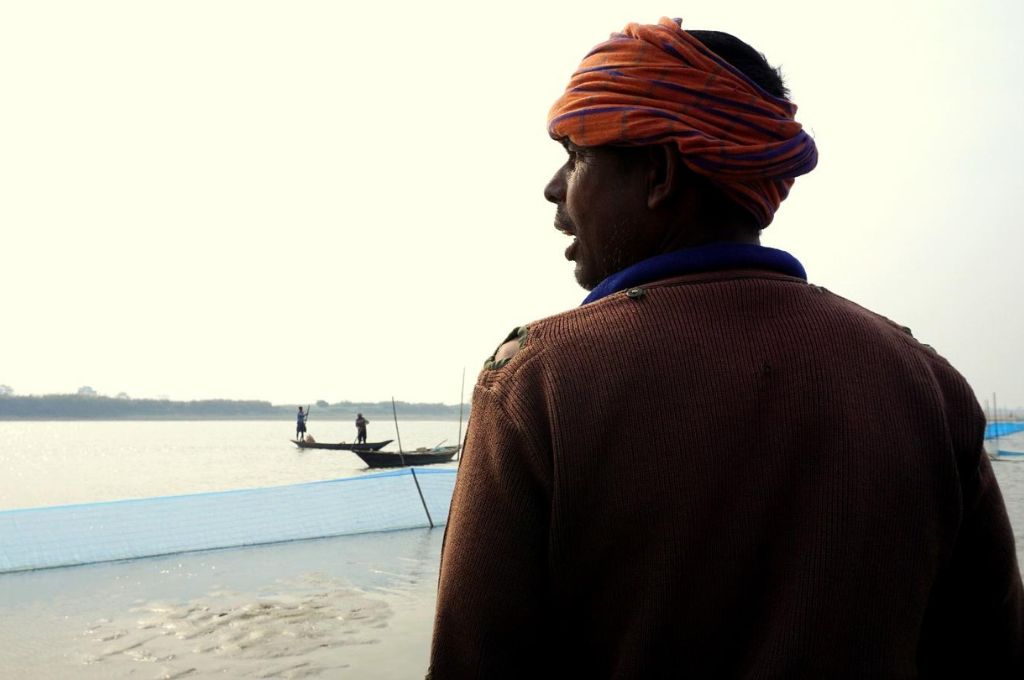
As livelihoods are threatened across these islands, there’s an excessive reliance on fishing as a means of living. According to Dipen, “Even traditionally non-fishing communities [including groups with greater financial security than the Kaibartas] are buying sophisticated equipment from Kolkata and learning the tools of the trade for fishing in the Brahmaputra.” However, even as competition for fishing rises, the breeding rates of fish are declining. Dipen ascribes the lower breeding rates to not only climate change but also rapid urbanisation, such as the construction of new bridges between mainland Guwahati and New Guwahati. Studies conducted by scientists in various countries have found that bridge construction has a negative impact on aquatic life in the rivers and streams.
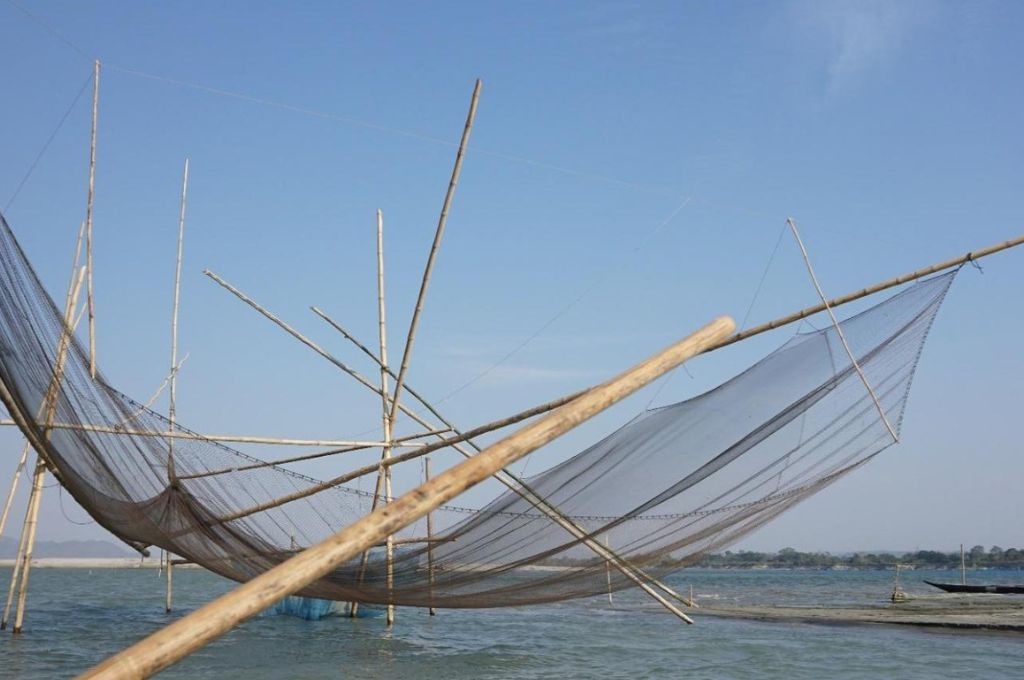
Social mobility and gender norms
The financial conditions of the Kaibartas vary across the state and even within the same district. For instance, the Kaibartas living in Sualkuchi in Kamrup are seemingly better off than their counterparts in Hajo, Halogaon, and Xilguri in the same district. But the prosperity of Sualkuchi owes itself to the indigenous silk weaving industry. The Kaibartas of Sualkuchi embraced the more profitable silk weaving profession to educate their next generation and mobilise them towards white-collared jobs, as well as to diversify their income.
It is interesting to note that the community’s preference for weaving over fishing has also contributed to weakened gender norms. In the Sualkuchi silk village, there are male as well as female weavers; this is unlike fishing, where gender roles are clearly defined.
While Kaibarta women are involved in pre- and post-fishing activities, they’re not directly involved in fishing itself. Community members say that this is because of the belief that the river is not safe for women. Women in Hajo are an exception because the village does not have easy access to the river, and fishing is done in ponds, wetlands, and swamps.
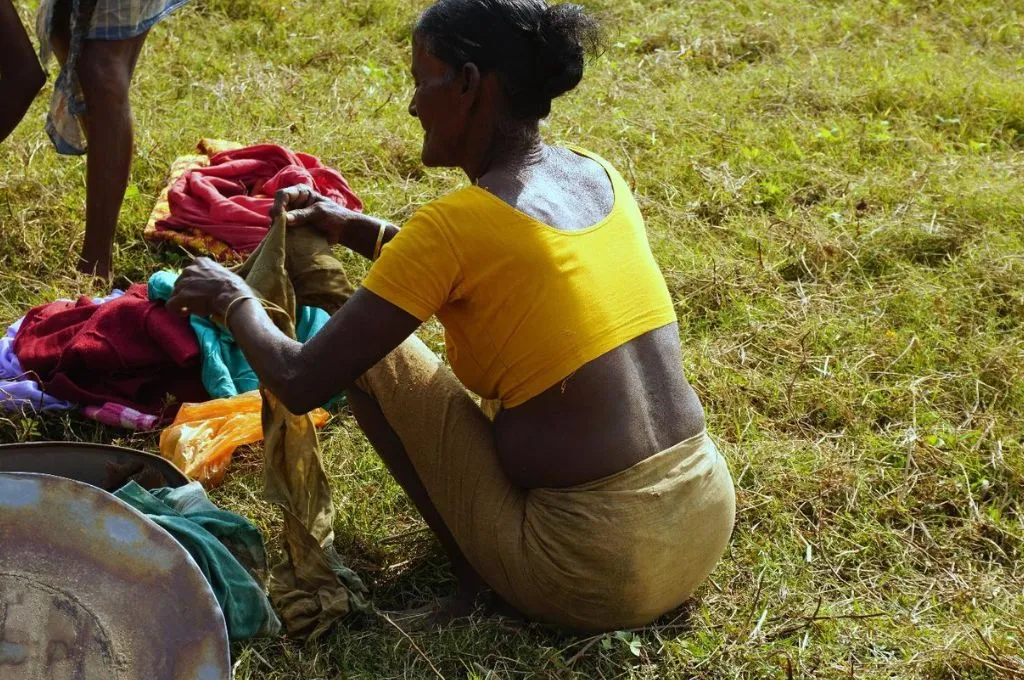
The Hajo Kaibartas compare their own lack of access to the river and economic misfortune to neighbouring Sualkuchi, stating, “They have access to the river. We have whatever trickles down to the [smaller] water bodies.”
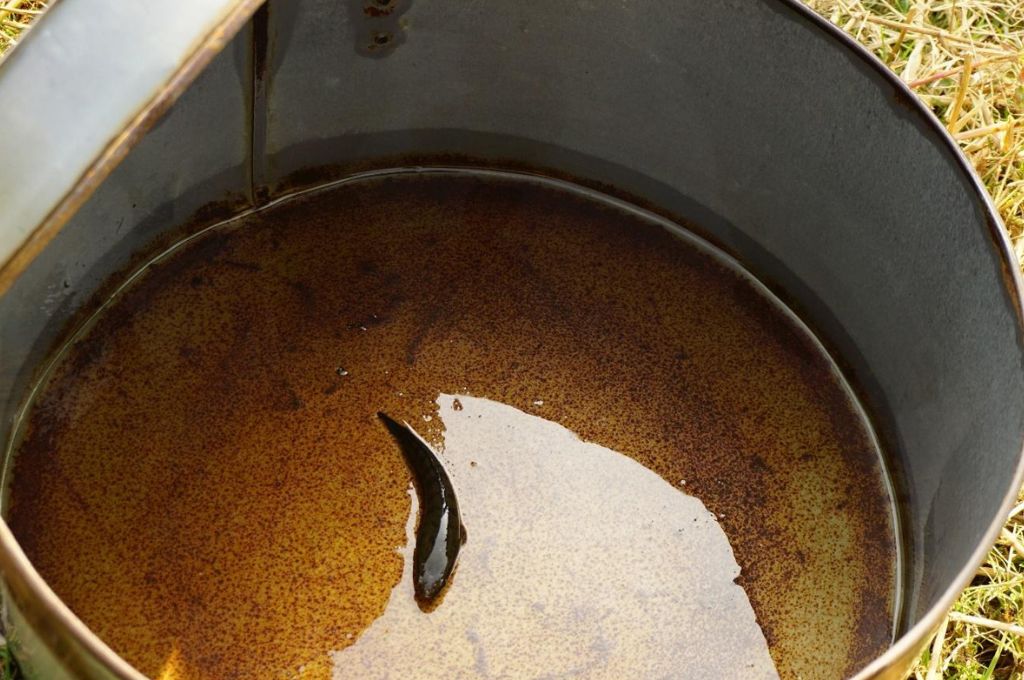
A community in decline
Once a source of pride, fishing is no longer a sustainable vocation for the Kaibartas in Assam. This has forced many from the younger generation to seek alternative livelihoods, which are difficult to find. Theirs is one of many stories of traditional fishing communities barely holding on to their cultural histories. But support to avert the threat to their identity is hard to come by.
As if industrial pollution, competition, and the loss of water bodies wasn’t enough, the Kaibartas face pressure from the government as well. Although well-intentioned, the Assam government’s restrictions on fishing periods as well as on the use of certain types of fishing nets has only made matters worse. Community members frequently speak about the failed promise of schemes such as the Pradhan Mantri Matsya Sampada Yojana, under which the Assam government provides a monthly sustenance fee of INR 1,500 during non-fishing months.
As the government pushes for a blue revolution and the development of fisheries sector in the country, it must not overlook the people who have made a living by the rivers for generations, overcoming all odds. In fact, their knowledge is vital to any plans of building a fishing industry as envisioned by the government.
—
Know more
- Read this photo essay to understand the traditional fishing process in Assam.
- Read this essay to learn about the history of the Kaibarta community in Assam.
- Read this photo essay to understand how industrial pollution is destroying a wetland in Tamil Nadu.



